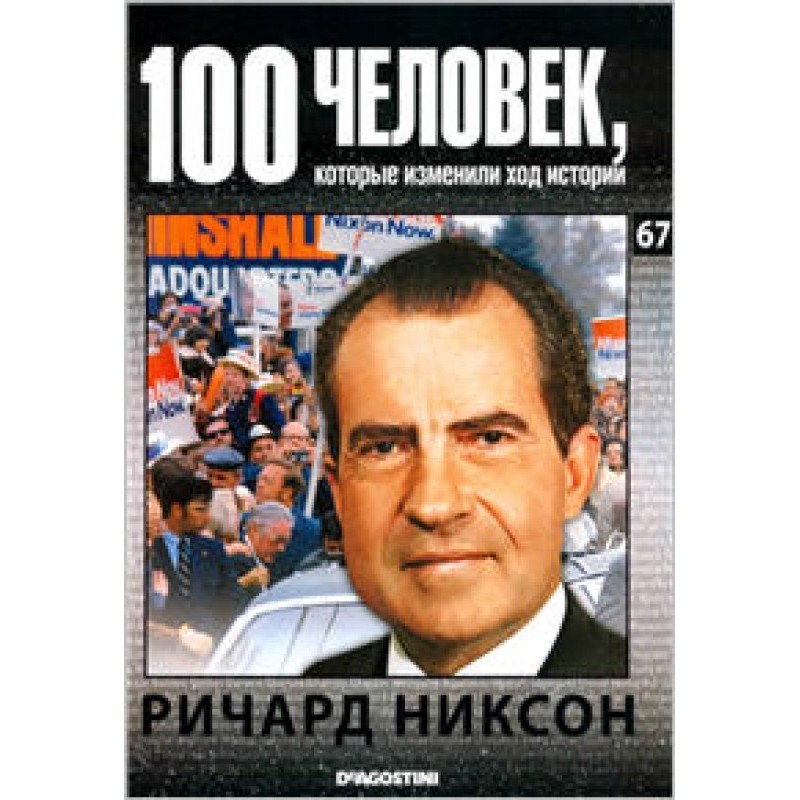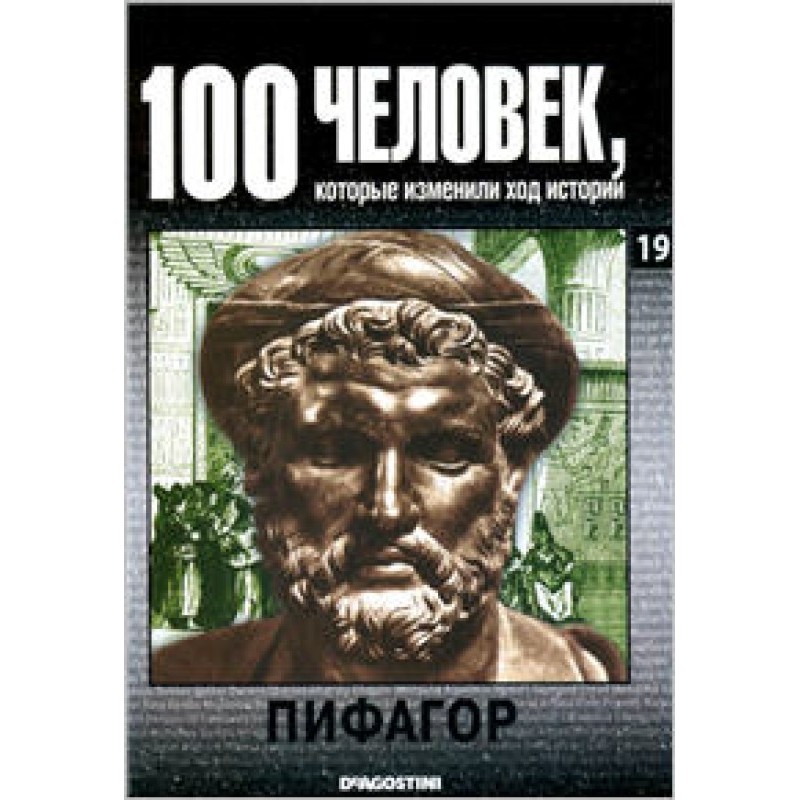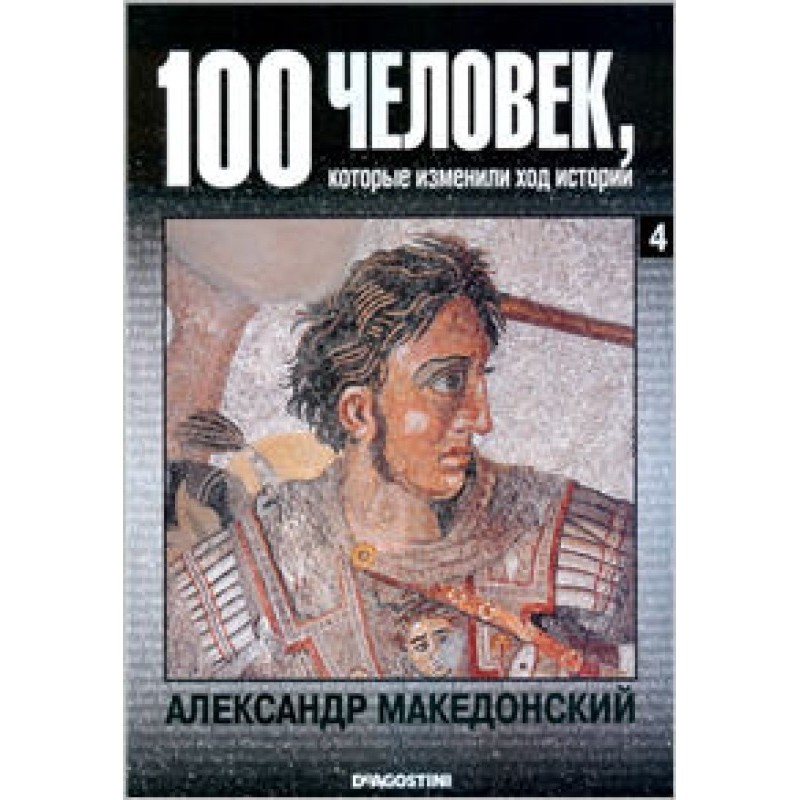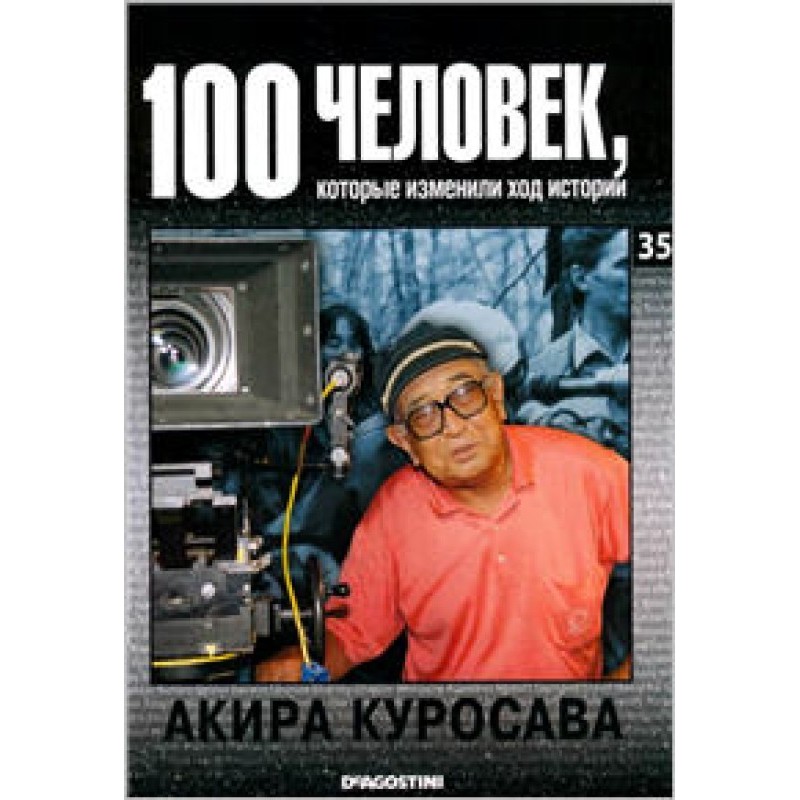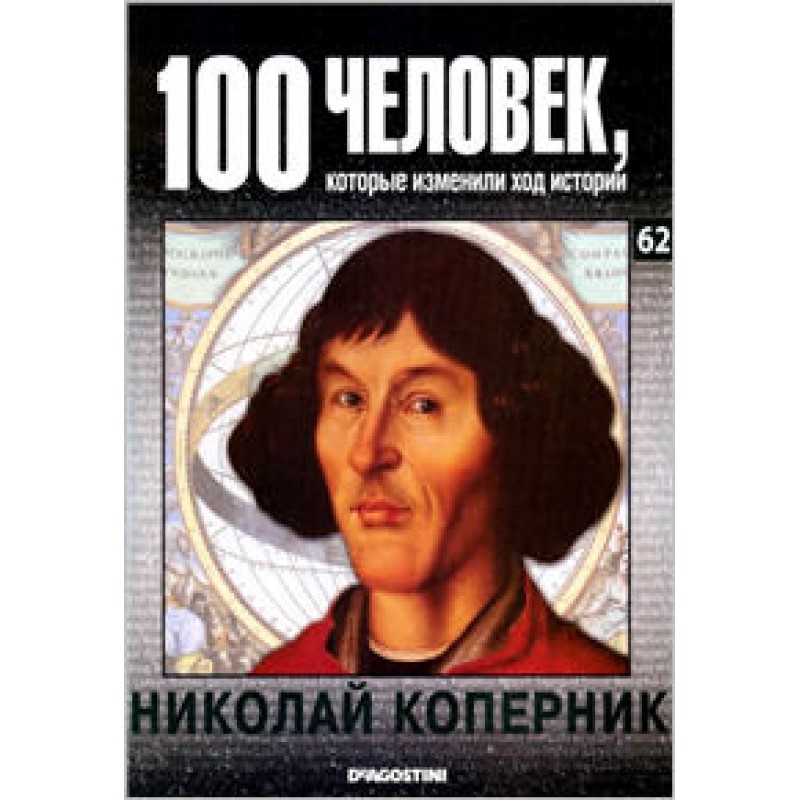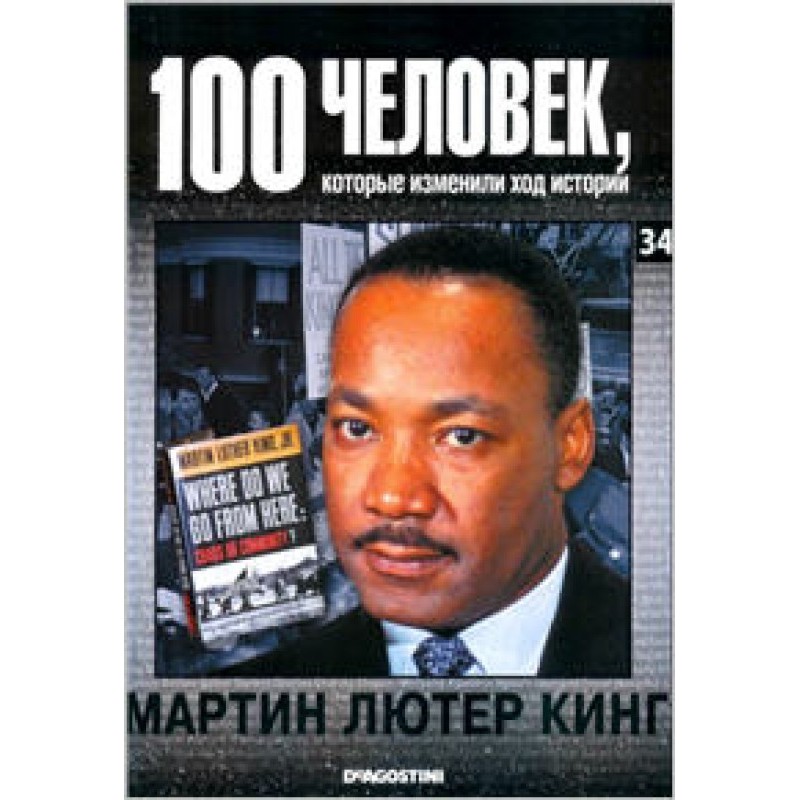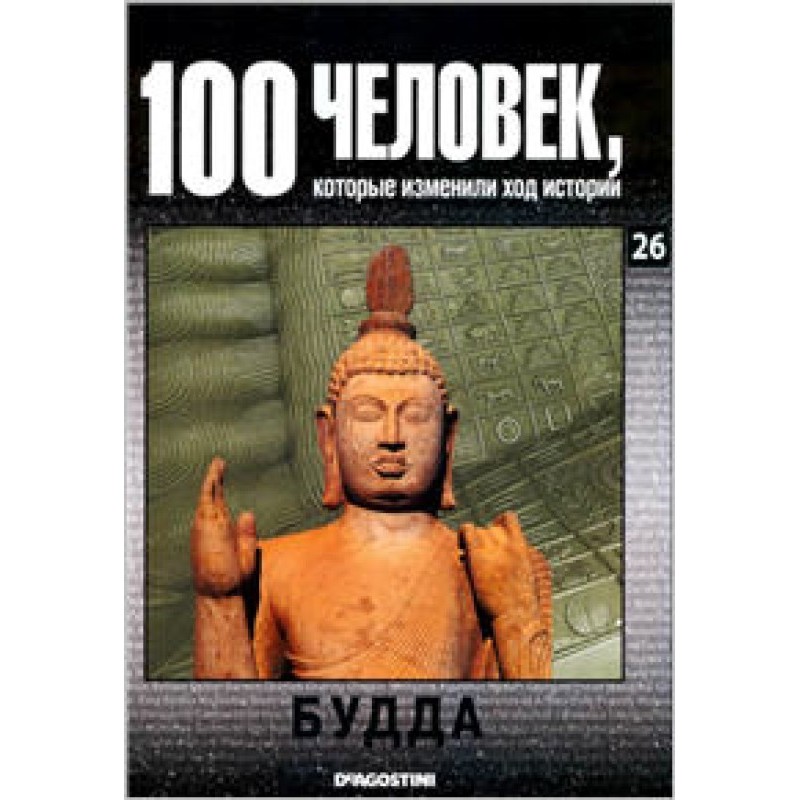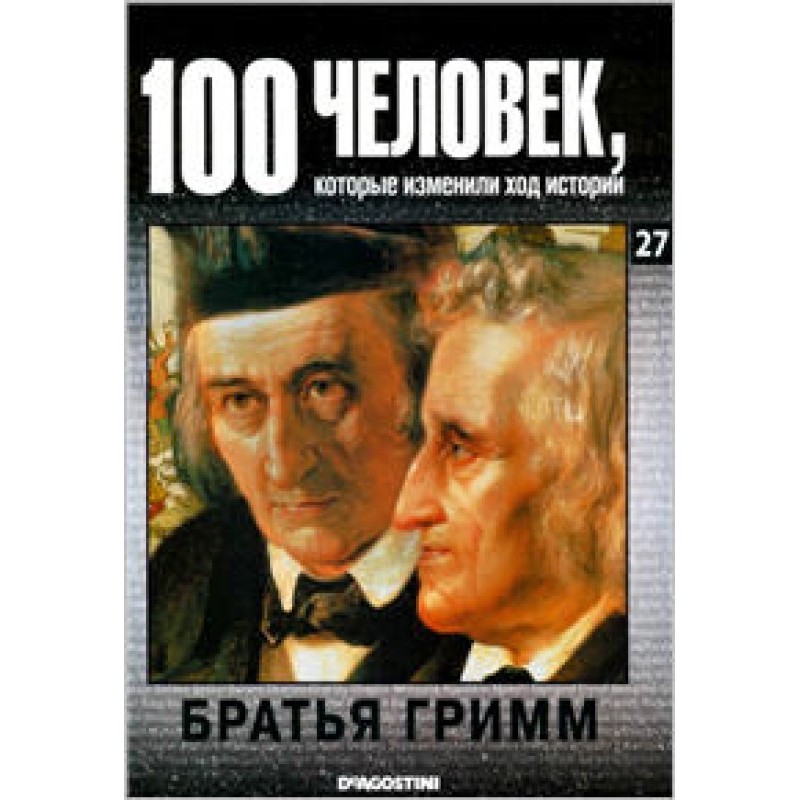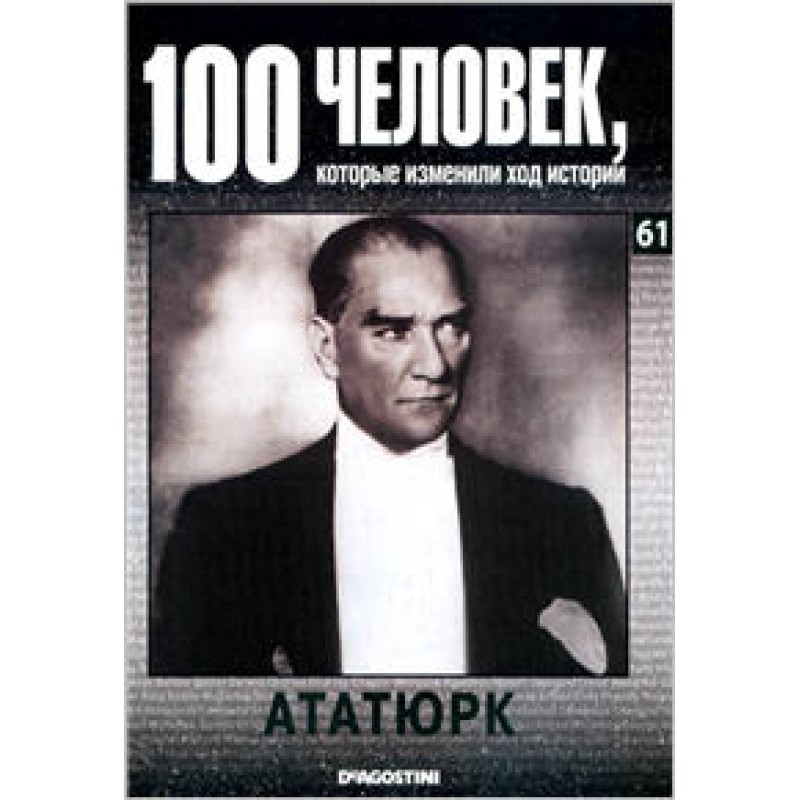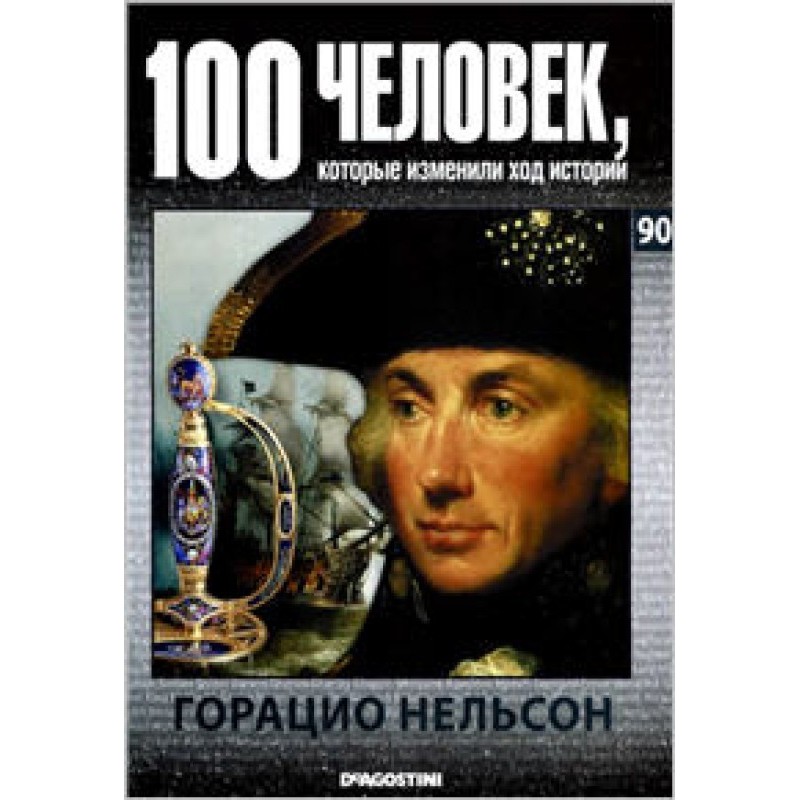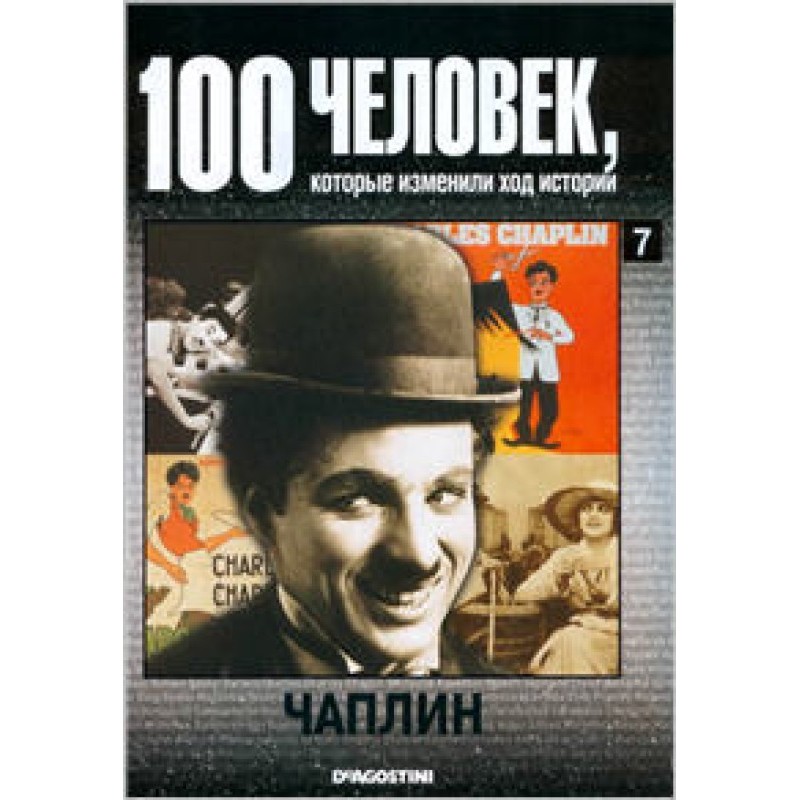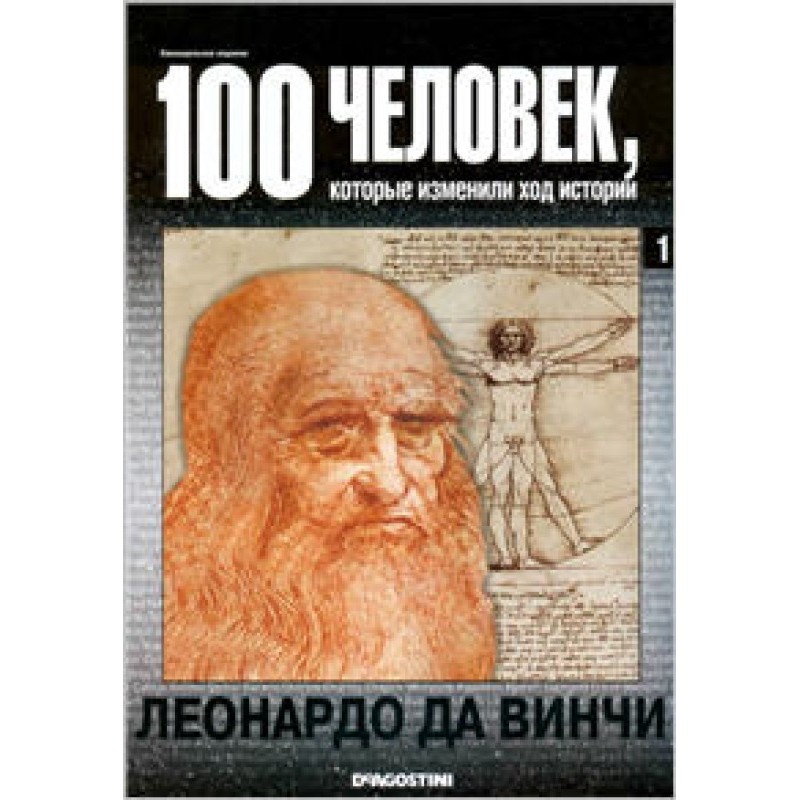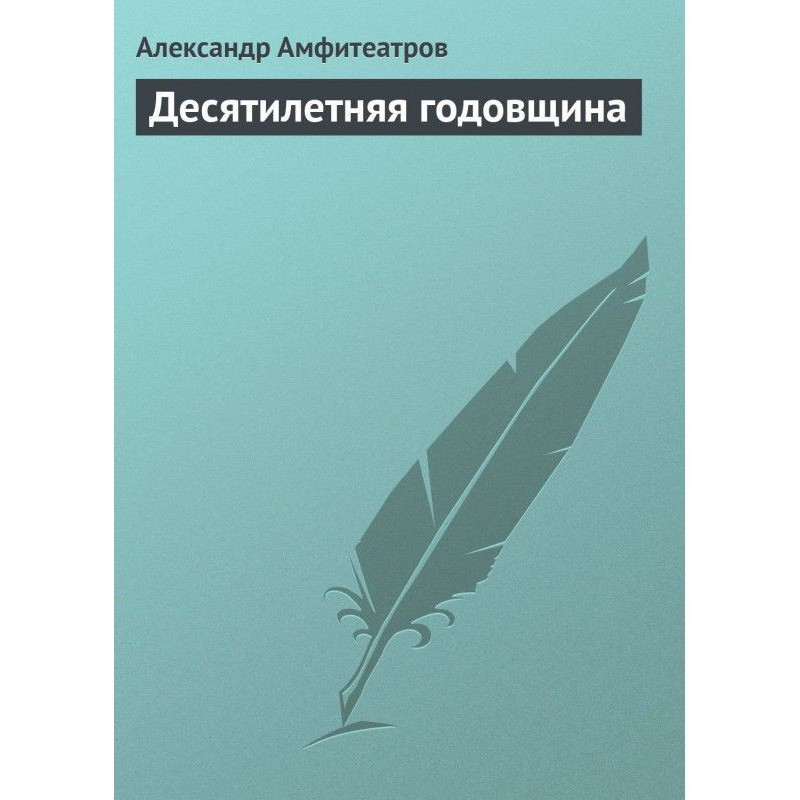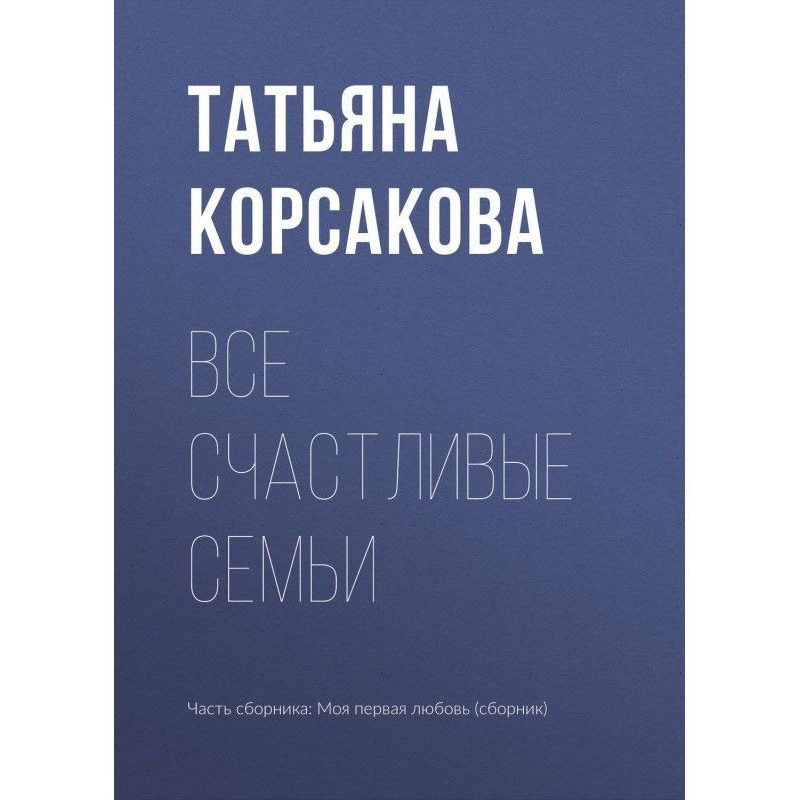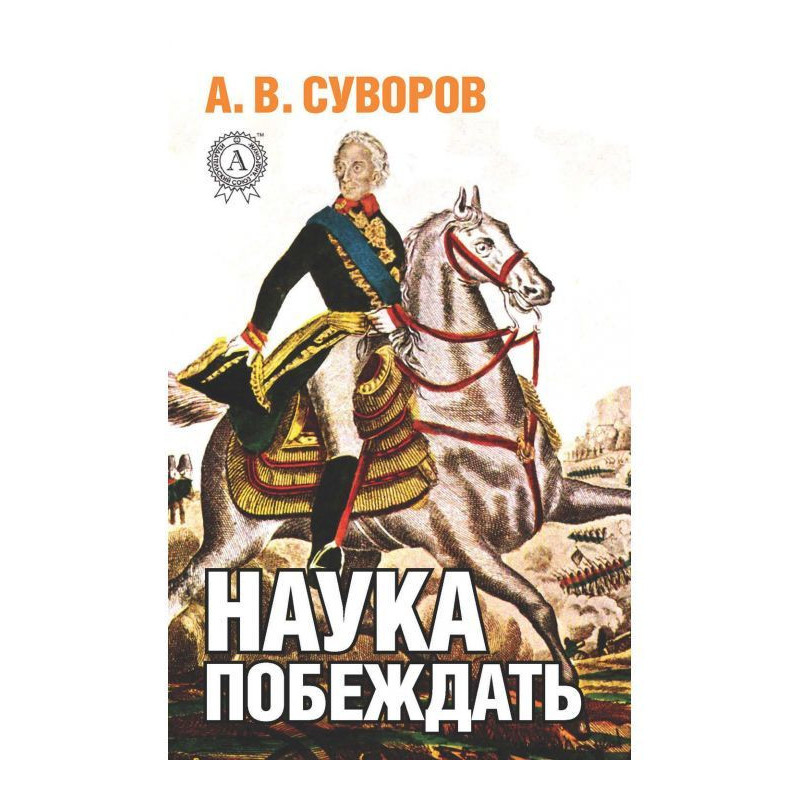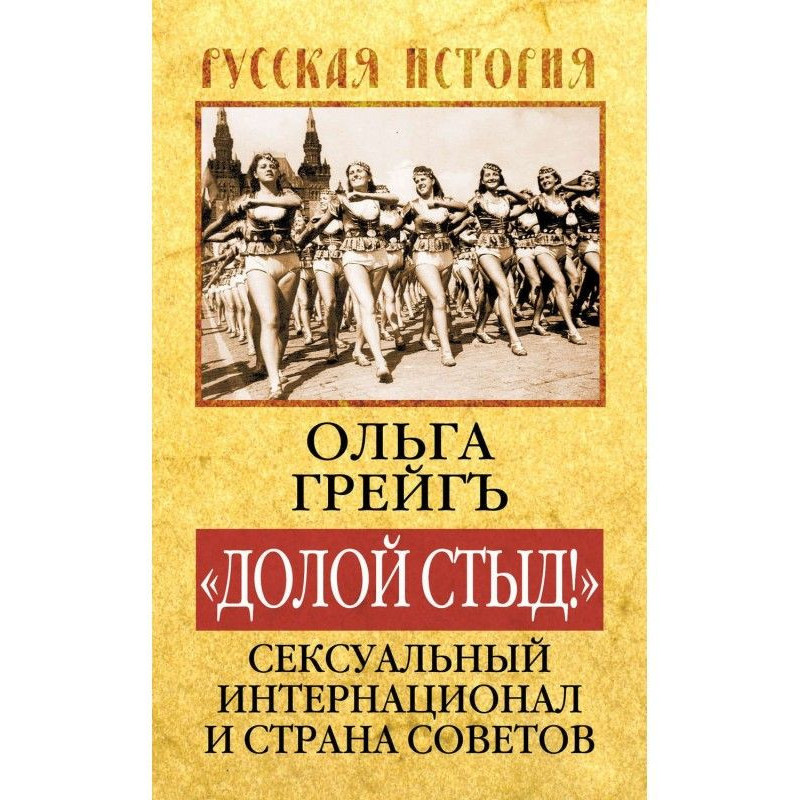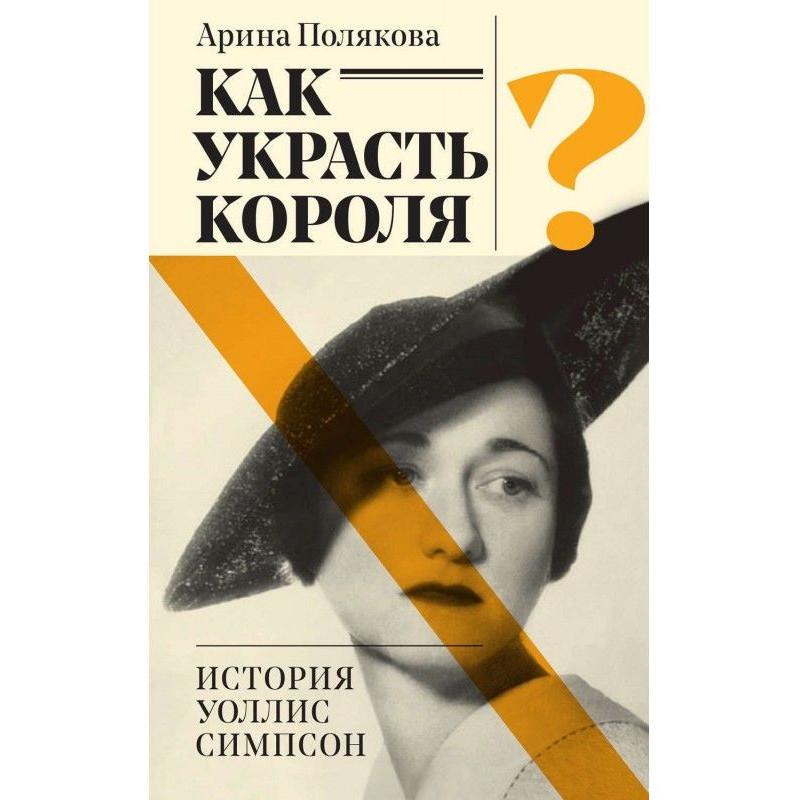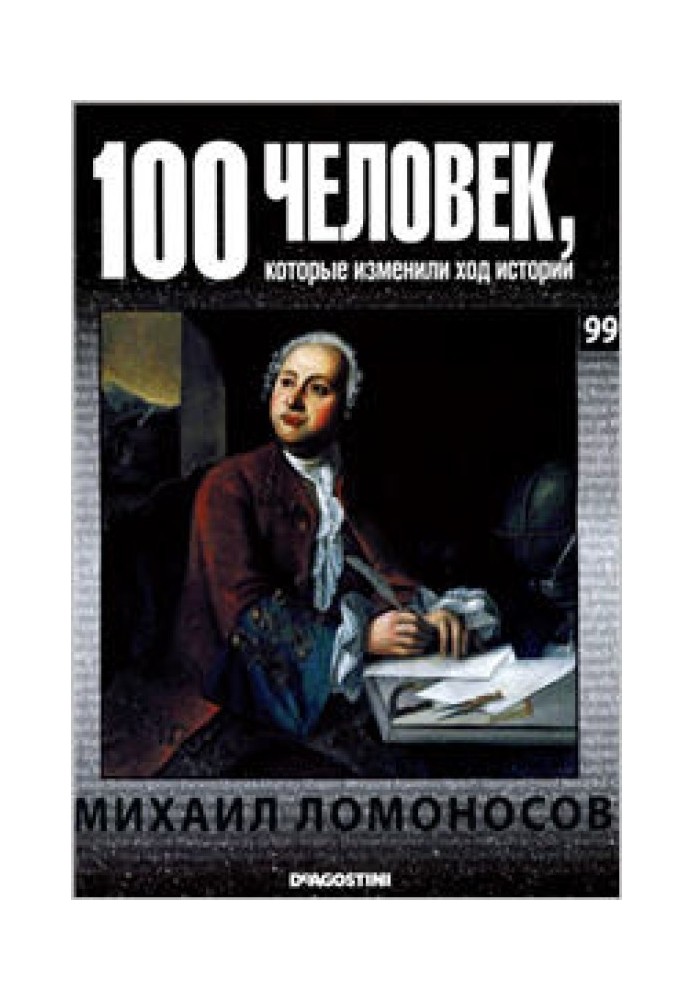Mikhail Lomonosov
 Instant download
Instant download
after payment (24/7)
 Wide range of formats
Wide range of formats
(for all gadgets)
 Full book
Full book
(including for Apple and Android)
One of the most significant innovations of the Peter the Great era was the creation of the Russian Academy of Sciences. The state, having taken charge of the material support of academicians, hoped that they would be able to make a significant contribution to the prosperity of Russia. However, a serious problem was the lack of people in the country worthy of the title of academician. Therefore, prominent foreign scientists were invited to work at the Academy of Sciences. Then the appearance of Mikhail Vasilyevich Lomonosov (1711-1765) occurred. Enormous talent and an insatiable thirst for knowledge allowed the peasant son to rise to heights of the social ladder unimaginable at that time. A. S. Pushkin expressed himself about Lomonosov as follows: “Combining extraordinary willpower with the extraordinary power of concept, Lomonosov embraced all branches of education. The thirst for science was the strongest passion of this soul, filled with passions. A historian, rhetorician, mechanic, chemist, mineralogist, artist and poet, he experienced everything and penetrated everything.” By his type of activity and area of interest, Lomonosov can be considered an encyclopedist scientist, but his main scientific interest was at the intersection of physics and chemistry: if at the beginning While his creative activity was more interested in physical problems, in the 1750s chemical themes came to the fore. In the middle of the 18th century, chemistry largely played the role of pharmaceuticals. Having become a professor of chemistry, Lomonosov set as his goal “to free chemistry from the yoke of medicine and apothecary art by transforming it into a physical and chemical science.” Modern physical chemistry owes its birth to him. A milestone in this regard was the course he gave in 1751, in which Lomonosov outlined the foundations of his corpuscular (molecular-kinetic) theory, which opposed the then dominant theory of caloric by the English scientist Robert Boyle. In 1749, Lomonosov sharply criticized G.F.’s dissertation. Miller “On the origin of the name and people of Russia,” in which the author put forward the Norman theory. Lomonosov insisted on the origin of the Varangians from the Slavic tribe Roxolans. The controversy with Miller pushed Lomonosov to historical research. From 1751, he began working from authentic documents on Ancient Russian history from the beginning of the Russian people to the death of Grand Duke Yaroslav the First, or until 1054, published in 1766. His Brief Russian Chronicle with genealogy is a list of the most important events up to and including the era of Peter I. Both in works of art and in historical works, Peter for Lomonosov was a model statesman, a central figure in Russian history. In July 1754, Lomonosov, seeing the ineffectiveness of the Academic University, came up with the idea of creating a higher educational institution not directly connected with the Academy of Sciences. Largely thanks to the efforts of Lomonosov, the first Moscow University in Russia was founded, which now bears his name.
Data sheet
- Name of the Author
- Анастасия Жаркова Евгеньевна
- Language
- Russian
Reviews
Величний внесок у науку та освіту!
Книга про Михайла Ломоносова - це не просто біографія видатного вченого, а справжня подорож у світ науки та культури XVIII століття. Автор майстерно описує шлях Ломоносова від простого селянського сина до академіка, підкреслюючи його невгамовну жагу до знань і прагнення змінити науковий ландшафт Росії. Читач дізнається про численні досягнення Ломоносова в різних галузях: від фізики та хімії до історії та літератури. Особливо вражає його здатність поєднувати науку з мистецтвом, що робить його постать унікальною. Книга також розкриває важливість його ролі у створенні Московського університету, що стало значним кроком для розвитку освіти в Росії. Ця книга стане надзвичайно корисною для всіх, хто цікавиться історією науки та освіти, а також для тих, хто хоче зрозуміти, як одна людина може змінити хід історії. Рекомендую всім!




